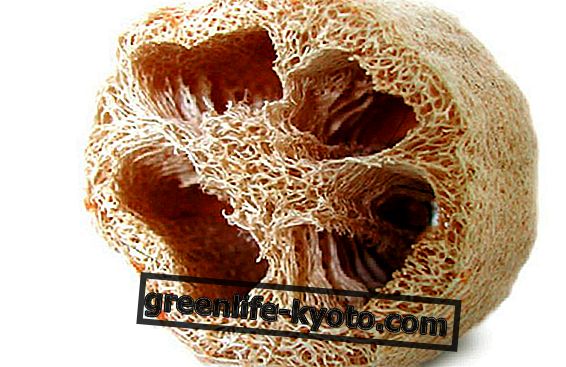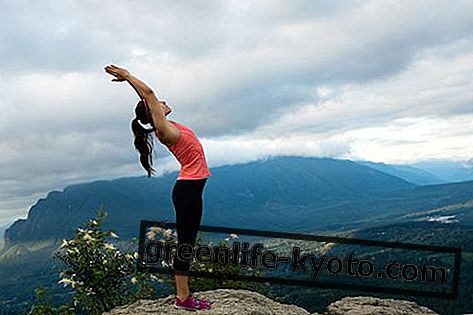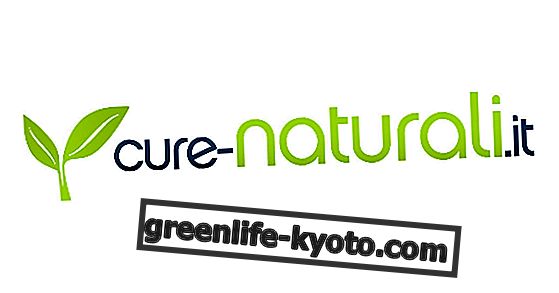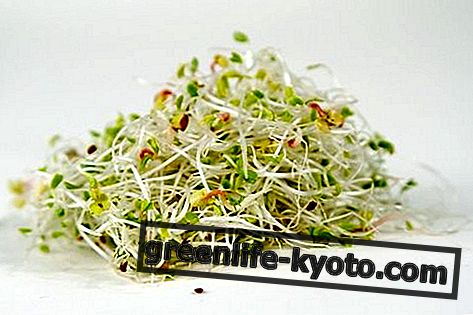Verbena is an anti-stress plant, useful for digestion and to protect the skin. Discover the beneficial therapeutic and cosmetic properties of verbena, how to take it and what the contraindications are.
Verbena ( Verbena officinalis ) is a plant belonging to the Verbenaceae family. Very well known for its anti-stress action, it is also useful for promoting digestion, protecting the skin and against muscle inflammation. Let's find out better.

Properties of verbena
The properties of verbena are varied.
- It is an excellent anti-stress agent, irreplaceable in case of agitation and depression.
- The essential oils extracted through the infusions are capable of disintegrating the oral cavity and the nasal cavities.
- Protects and heals the skin also helping to heal.
- It helps the joints (especially in the case of rheumatism and cervical pain).
- Combats muscle inflammation.
- It is also able to act as a good digestive, especially in the case of disorders or blockages on the stomach.
- Helps to lower fever .
- Soothes muscle pains.
- Protects the liver thanks to aucubine.
- The verbascoid it contains is a powerful antimicrobial.
- Promotes lactation .
Method of use
Inside : in the form of herbal tea, decoction and infusion, in drops (concentrated extracts and oils) to be diluted or diffused in the environment thanks to a diffuser. It is also one of the Bach Flowers used in flower therapy.
External : cosmetic creams and ointments to be applied to the skin in areas subject to irritation, excoriations, wounds, inflammations. Verbena essential oil can be applied to the skin before massages, near painful joints, on sore muscles. The leaves can be used to make compresses .
Contraindications of verbena
Taken in the appropriate dosages, the verbena has no noteworthy contraindication .
The use of its essential oils must obviously be carried out with conscience: essential oils, rich in terpenes, can irritate sensitive organisms, especially the skin and mucous membranes. Generally it is not recommended for use in thyroid problems.
You can learn more about the properties, use and contraindications of verbena essential oil

Description of the plant
Verbena appears as a perennial plant, up to half a meter high and, in exceptional cases, even 3 or 4 meters, with a rigid, rather woody, quadrangular stem .
The leaves furrowed, oblong, lanceolate, with a slight down to cover.
The flowering of the typical beautiful purple and fuchsia flowers takes place in late summer and continues until late autumn.
There are many species and, for ornamental purposes, many hybrids. The one normally referred to by the simple name of verbena is Verbena officinalis.
Verbena habitat
The Verbena genus is native to an area ranging from the lower Mediterranean to northern Europe via Western Asia, although over time the plant has also taken root in North America.
Verbena has a high capacity to adapt quickly to new environments, it is not difficult to cultivate, even if it loves growing in the wild in fields, fields, uncultivated and abandoned places, dry banks of rivers and ditches, edges of forests and woods, near the ruins and abandoned houses in the pastures.
It loves the full sun and the slightly humid and non-clayey soils, it fears frost, strong winds and heavy rains. It needs soils rich in humus.
Background
The use of verbena for herbal purposes dates back to antiquity and results in the magic, myth and religion of many peoples. Considered sacred by both the Egyptians and the Greeks and the Romans, it played an important role in many sacred ceremonies and was found in some rites even in the native American populations.
Lower Middle Ages Mel, was connected to some mysteries of the Christian religion and used as a remedy against witch spells.
More recently it has been introduced among the famous Bach flowers (Vervain) . It is widely used to improve dream activity and for inspiration.













